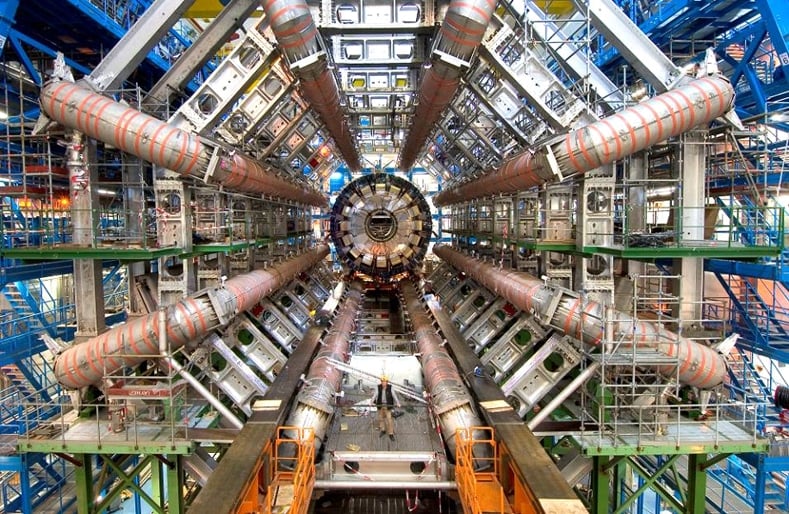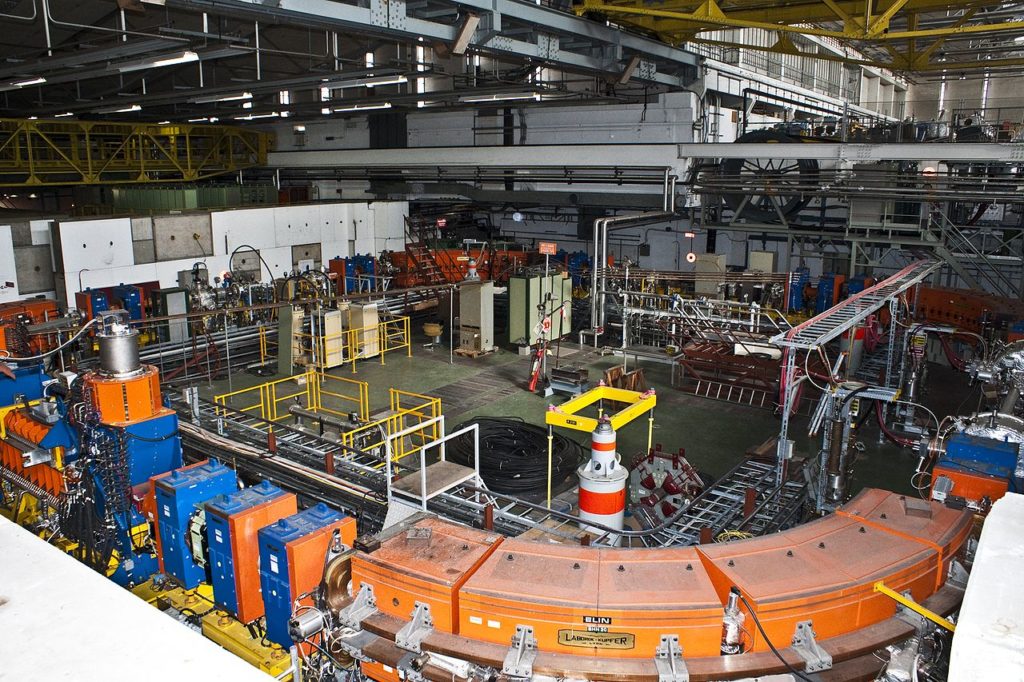In 2018 results were released citing that Cern’s emissions were comparable to that of a large cruise liner. This is according to a report released as Cern’s first public environmental report. The greenhouse gas emissions totaled 223,800 tonnes of carbon-dioxide equivalent.
This first-ever public report was released alongside Cern’s objectives and mission to reduce its carbon footprint in the upcoming years. Most of the gas emitted was found to come from the cooling and detection process of particles.

This report doesn’t go without debate. Releasing the first public environmental report, Cern has faced some scrutiny. Many in the community and those that work at Cern are concerned about the carbon footprint that Cern has.
This is much higher than one would expect to have when we’re focused on reducing greenhouse gasses in the world. This report has opened conversations about how Cern can work to better create future accelerators and continue their particle detection process, without further adding more greenhouse gasses into the world.
This report covers everything you’d imagine from water use to radiation use. One of the biggest areas that Cern will focus on is working to decrease gas leaks. The main focus is placed on fluorinated gases, as they have the most impact on their carbon-dioxide equivalent amounts.

Cern now has a set objective of reducing its greenhouse gas emissions by 28% when the end of 2024 arrives. Another area that Cern is focused on is how much electricity the plant uses. The electricity consumption is equivalent to that of a small city!
Until the successor of their current form of electricity use arrives probably later in 2040 or 2050, they’re sort of stuck on using the amount of electricity that they use now. As with most technology, it takes time to advance the knowledge we have to better reduce our carbon footprint over time.
What is Cern trying to do?
For those who aren’t familiar with Cern, their mission is to probe everything about particles to learn more. Particles make up everything around us. Cern is famous for smashing particles together and being the largest scientific instrument available to study fundamental particles.

Cern is committed to doing everything they can to make accommodations so that their next public environmental impact report will show signs that they reduced their carbon footprint. Until then, we just sit back and hope that technology advances enough for Cern to make significant changes so that they’re no longer pushing so many greenhouse gases into our atmosphere.
